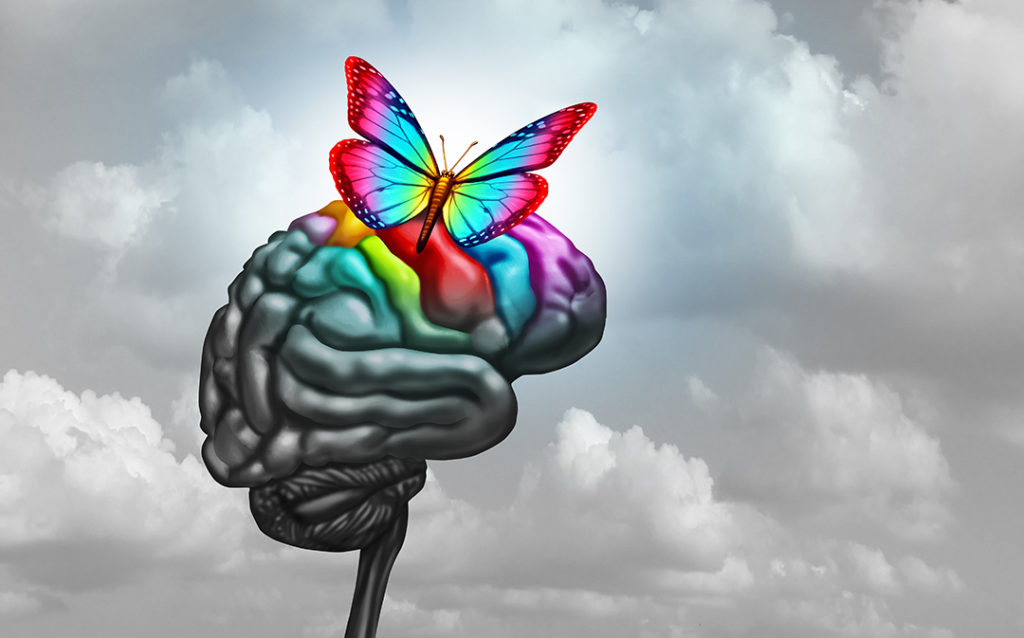Celebration Day Much More about Pride than about Awareness
Back in 2005, a group called Aspies for Freedom created the first Autistic Pride Day. Aspies For Freedom (AFF) is a solidarity and campaigning group aimed at raising public awareness of the autism rights movement. The objective of AFF is educating the public on how the autism spectrum, as the disordered is medically termed, is not always a disability, with notable advantages intermingled with disadvantages.
Modeled on the gay pride movement, Autistic Pride is now celebrated around the world, with both in-person and virtual events to raise awareness and celebrate the similarities and the uniqueness of people with autism.
The most significant aspect of Autistic Pride Day is that it’s organized by people with autism, demonstrating their ability to advocate for themselves. It’s a chance for people with autism to come together and let the world see that they are proud to be who they are. Not only are they looking for acceptance from the wider society, but they are also called to accept themselves and everything about them. This day is an opportunity for communities and employers to learn more about the intrinsic value that people with autism bring to society at large. Their wide variety of skills and sharp focus fit well in many structured business cultures, with this celebration designed to highlight these abilities and raise understanding of how autistic profiles can benefit both the individual and the people around them.
The rainbow-hued infinity symbol of Autistic Pride represents neurodiversity and pride.
If you have received a diagnosis of autism for someone in your family —whether child, adolescent, or adult— you know it can be frightening and confusing. Luckily, there are a number of organizations whose websites are filled with information and resources, including hotlines for immediate answers to pressing questions. Most important, they provide a community of support for people with autism and their families.
What Is Autism?
Autism Spectrum Disorder (ASD) is a developmental disorder that causes issues with communication, social, verbal, and motor skills. So, what is a spectrum disorder? This means that its effects vary from person to person. No two people with autism have the same symptoms. Symptoms generally appear in the early stage of childhood, before the age of three, and range from mild to severe.
- When is intervention needed? There are a number of symptoms of autism which can manifest in early childhood. These include delays in spoken language development, distress at change in routine, repetitive behavior, and head banging. Research shows that early intervention is the best strategy for raising a child with autism.
- What kinds of resources are available? Many, many, many! The following is just a sampling of what you’ll find on the websites listed below. The good news is that, along with events like Autistic Pride Day, awareness is being raised in all sectors of society, from education to business to healthcare.
— Parenting toolkits and guides for siblings
— How to prevent bullying
— Best recreational activities and toys for children with autism
— Back to school preparation
COVID-19 Pandemic Footnote
The adaptations we all had to make during the recent pandemic have revealed some positive results in regard to inclusivity for people with autism. For example, the Guggenheim Museum in New York has a program designed to create an accessible museum experience for people with this developmental condition… and the pandemic just made it necessary to take the program online. Result? The program now reaches a global audience and participants can join from the comfort of their homes. Though virtual learning may not have been ideal in general, positive aspects for children with autism have surfaced, proving there are many different avenues which may not work for the public at large, but which certain educational institutions plan to explore and use in the future in relation to the many ramifications surrounding autism.
Sources:
www.autism-society.org


